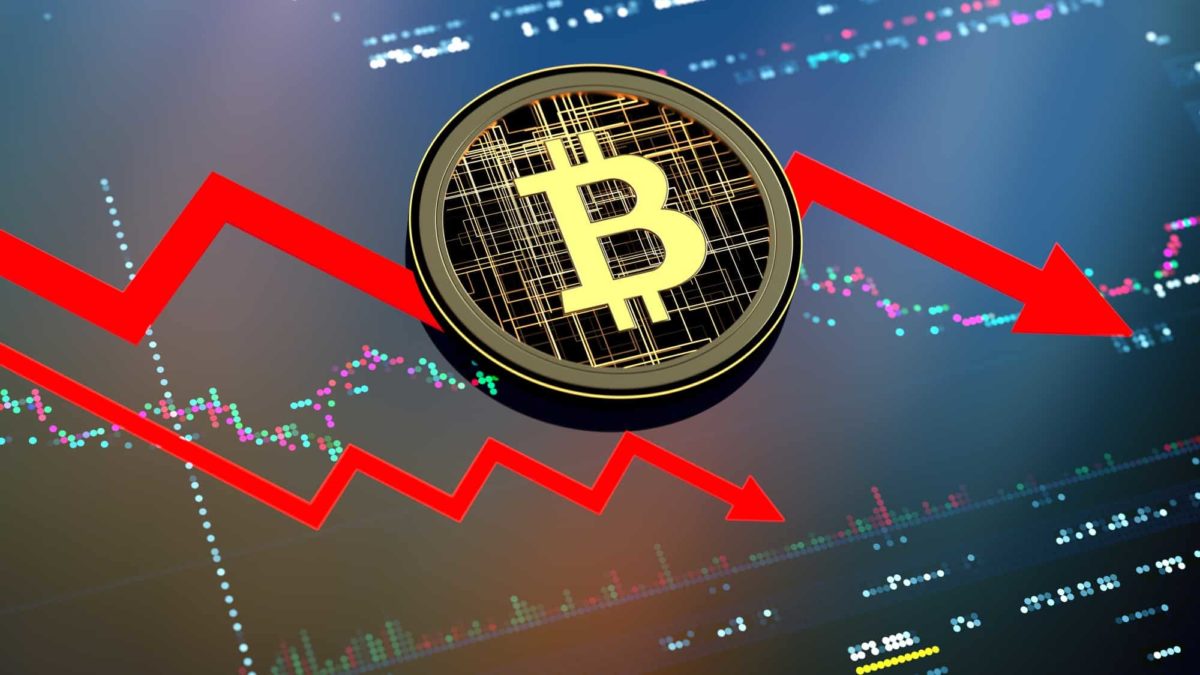Over the past ten years, the Bitcoin community as a whole has seen a variety of stories. BTC is still frequently portrayed as “an inflation hedge,” for example. In addition, 2022 provided a possible testing ground. As U.S. inflation reached its peak of 9.1% in June 2022, the digital asset experienced its first period of macroeconomic turmoil. So, how successful was Bitcoin as a hedge? Sadly, no, it didn’t. The general assumption is that investors would be 20% underwater right now if they had started buying bitcoin when inflation started last year. Despite being viewed by the market as a letdown, Bitcoin did rather well during a time when the value of the US dollar was falling.
Using BTC as a current depreciation hedge
The first seeds of inflation were planted immediately following the COVID disaster in March of that year. Quantitative easing, or QE, was the Federal Reserve’s response, and it aimed to lower interest rates, expand the money supply, and encourage more lending to individuals and businesses. After reaching its peak in February 2021, the amount of money held in M2 continued to increase and things started to deteriorate. Inflation peaked in 2022 as a result of supply chain problems, the economic fallout from lockdowns and curfews, but an important contributing factor was still the excessive printing of money. As a result, BTC analysts anticipated it would function as an inflation hedge, but the thesis was a complete failure. Understanding monetary debasement is important in this situation.
According to Econometrics, investors would be in a positive position right now if they had purchased bitcoin at any point between the start of quantitative easing and the high point of M2 growth in February 2021. Whenever purchases were made during the inflation rise, negative returns followed and predominated at the time of publication. Btc was on the correct side of liquidity when the debasement of the dollar was happening, but it isn’t now. Since ongoing inflation, declining reserves, and collective wealth degradation are theoretically keeping the investor class poorer, the world of digital currencies is currently lamenting the effects of the US QE program.

